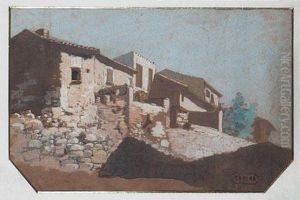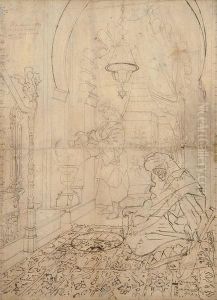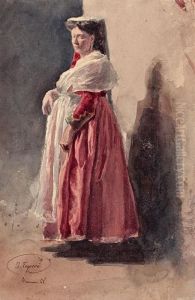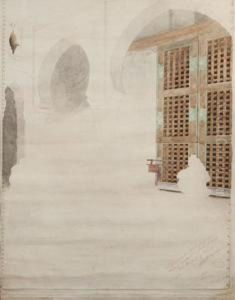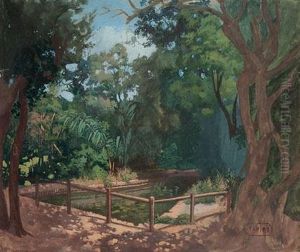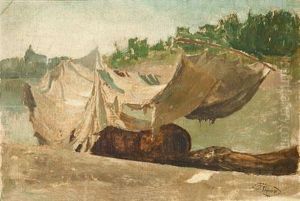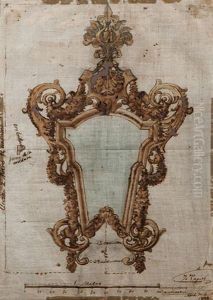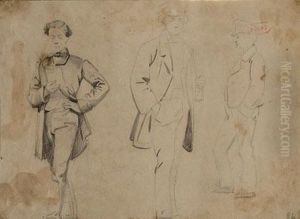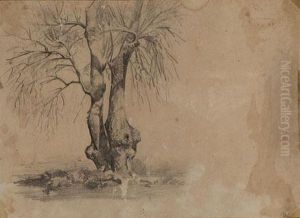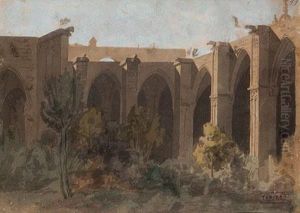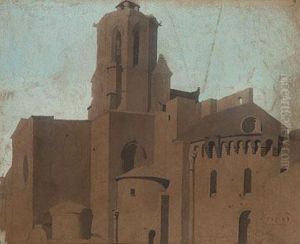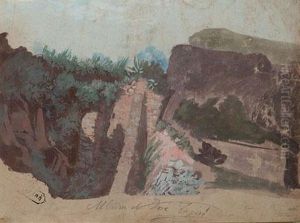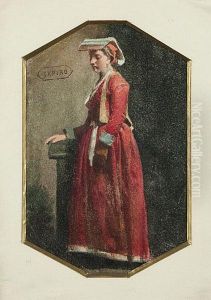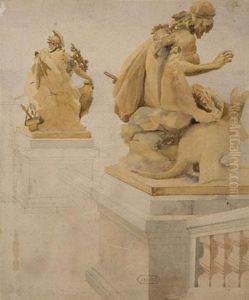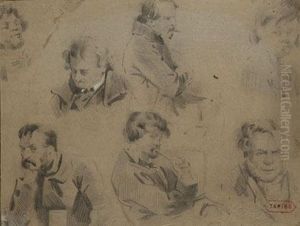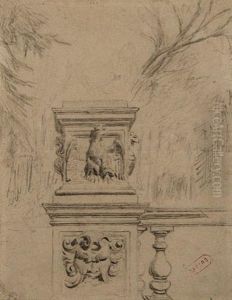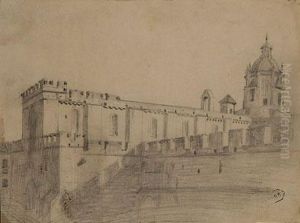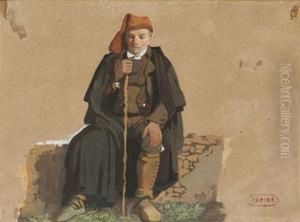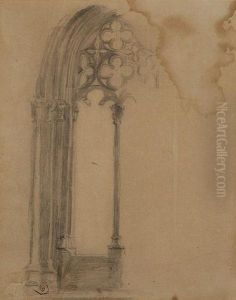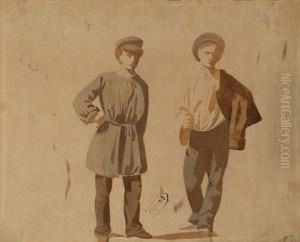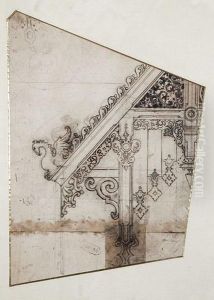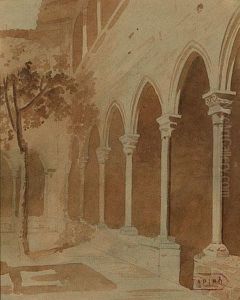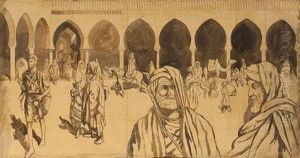Jose Tapiro Paintings
Jose Tapiro y Baro was a prominent Spanish painter, born in 1836 in Tarragona, Spain. He is particularly known for his exquisite watercolor paintings, which often depicted Orientalist themes. Tapiro received his artistic education at the Real Academia de Bellas Artes de San Fernando in Madrid, where he was a pupil of the renowned Spanish painter Eduardo Rosales.
After completing his studies, Tapiro traveled extensively throughout Morocco, where he was captivated by the North African landscape and its people. His travels greatly influenced his work, leading him to produce a significant number of Orientalist paintings that reflect his fascination with the region. These works are characterized by their attention to detail, vibrant colors, and the ability to capture the essence of the subjects he portrayed.
Tapiro's talent in watercolor was exceptional, and he was recognized for his mastery of this medium. His works were exhibited in various prestigious venues, including the National Exhibition of Fine Arts in Spain. His paintings received critical acclaim and were sought after by collectors and art enthusiasts.
Throughout his career, Tapiro continued to explore the themes of Orientalism, capturing scenes of daily life, landscapes, and portraits with a sensitive and realistic approach. He was particularly adept at rendering the interplay of light and shadow, which added a dramatic effect to his compositions.
Jose Tapiro y Baro's contribution to Spanish art, especially in the field of watercolor, remains significant. His works are still admired for their technical skill and the unique perspective they provide on the culture and people of North Africa during the 19th century. Tapiro passed away in 1913, leaving behind a legacy that continues to inspire and be celebrated by art historians and enthusiasts alike.
